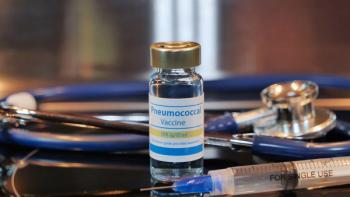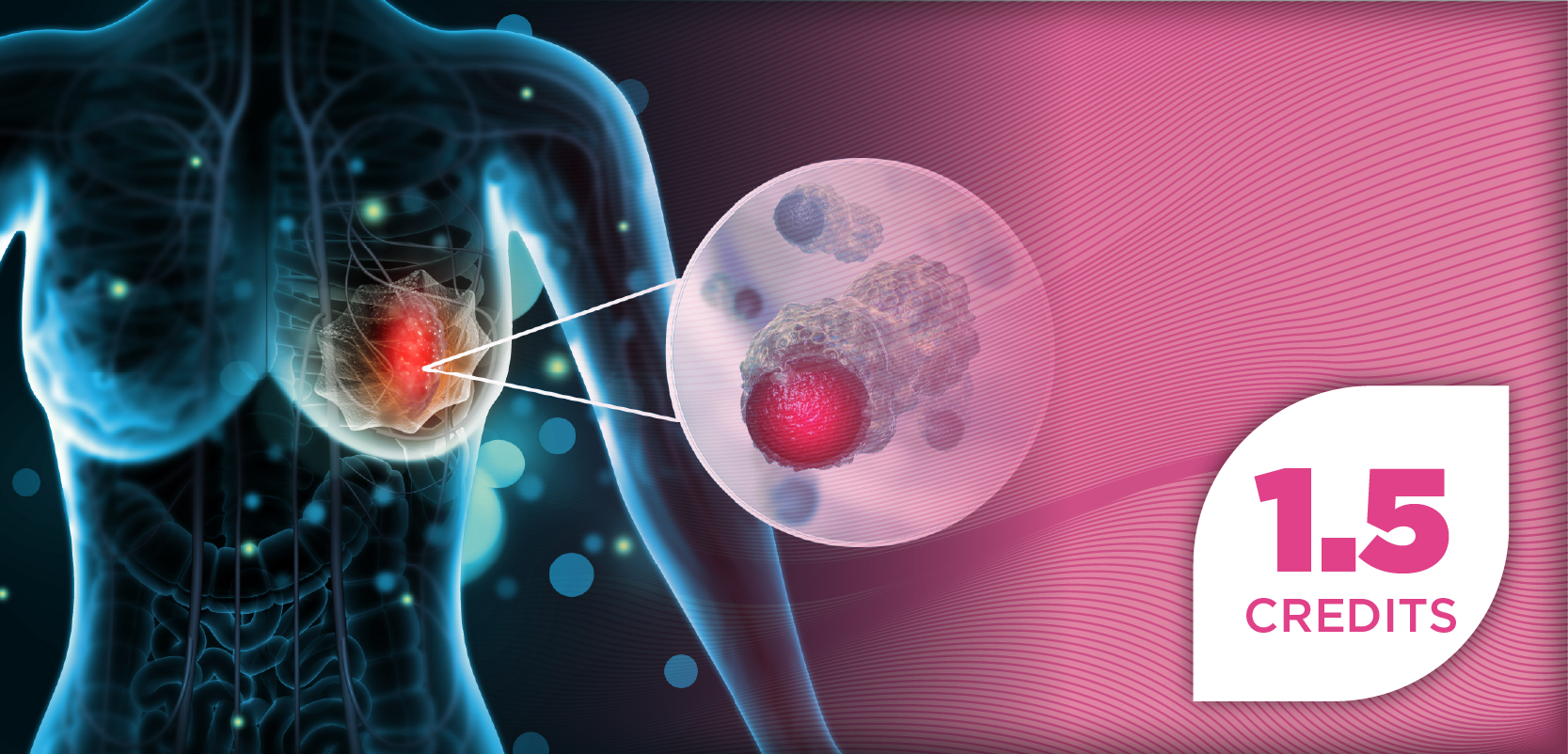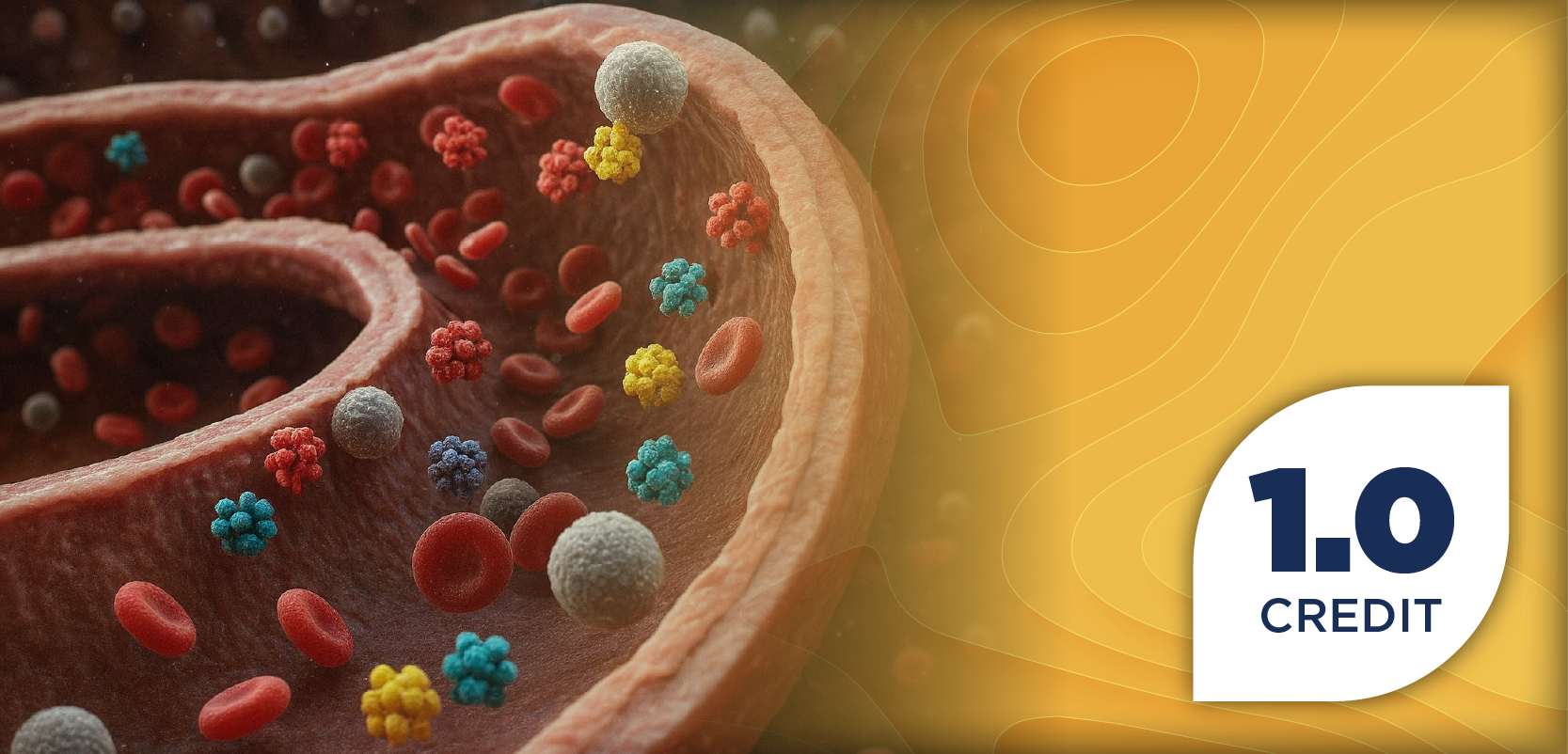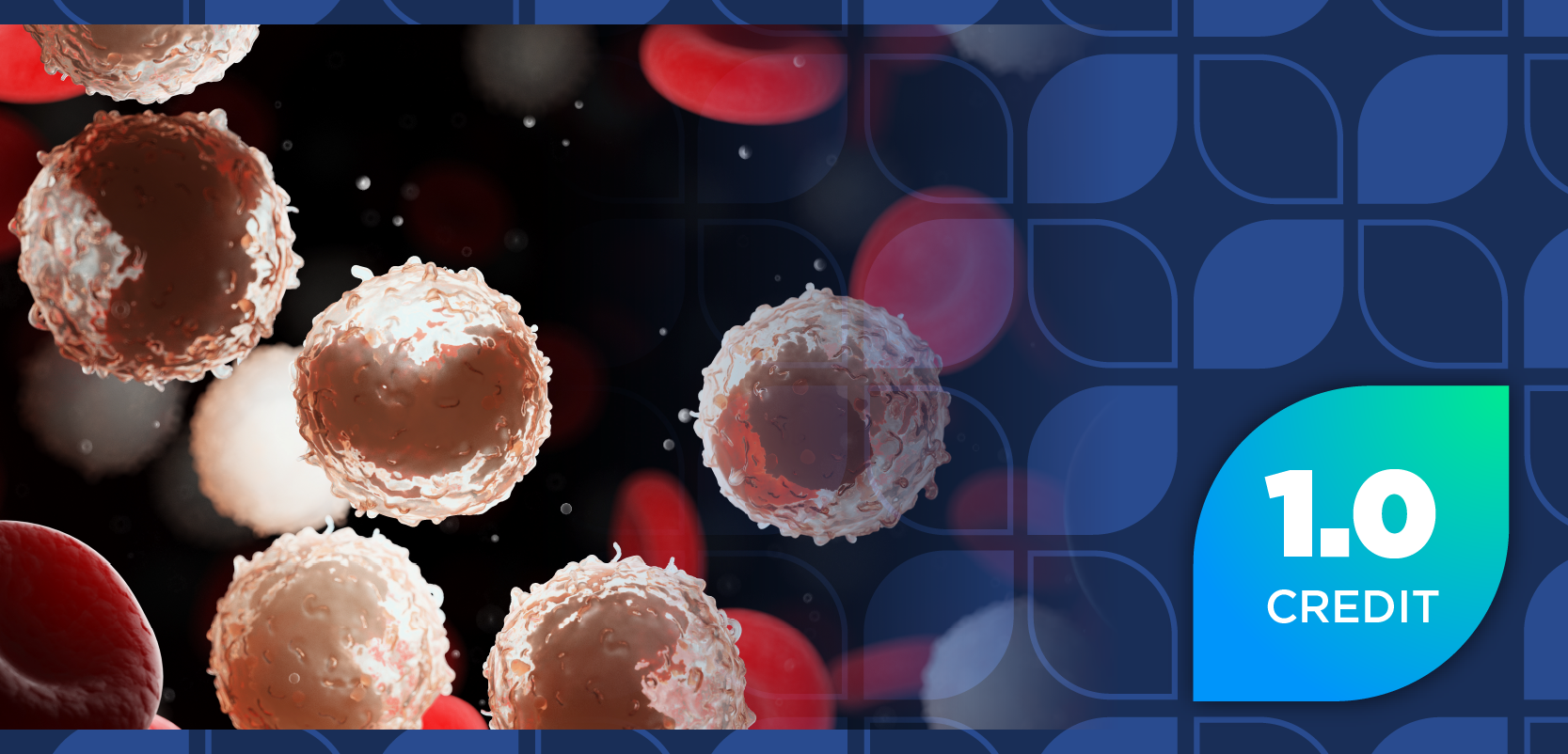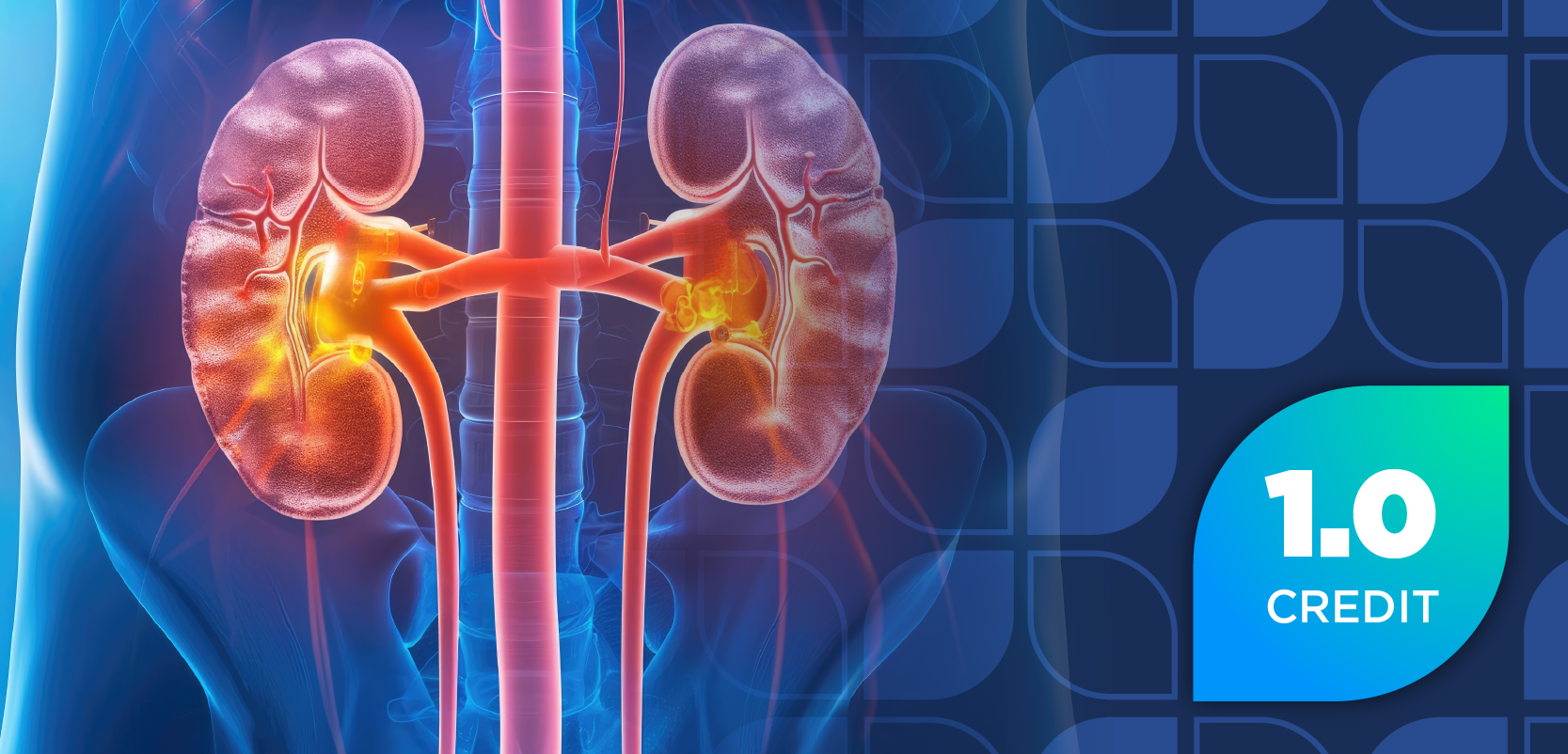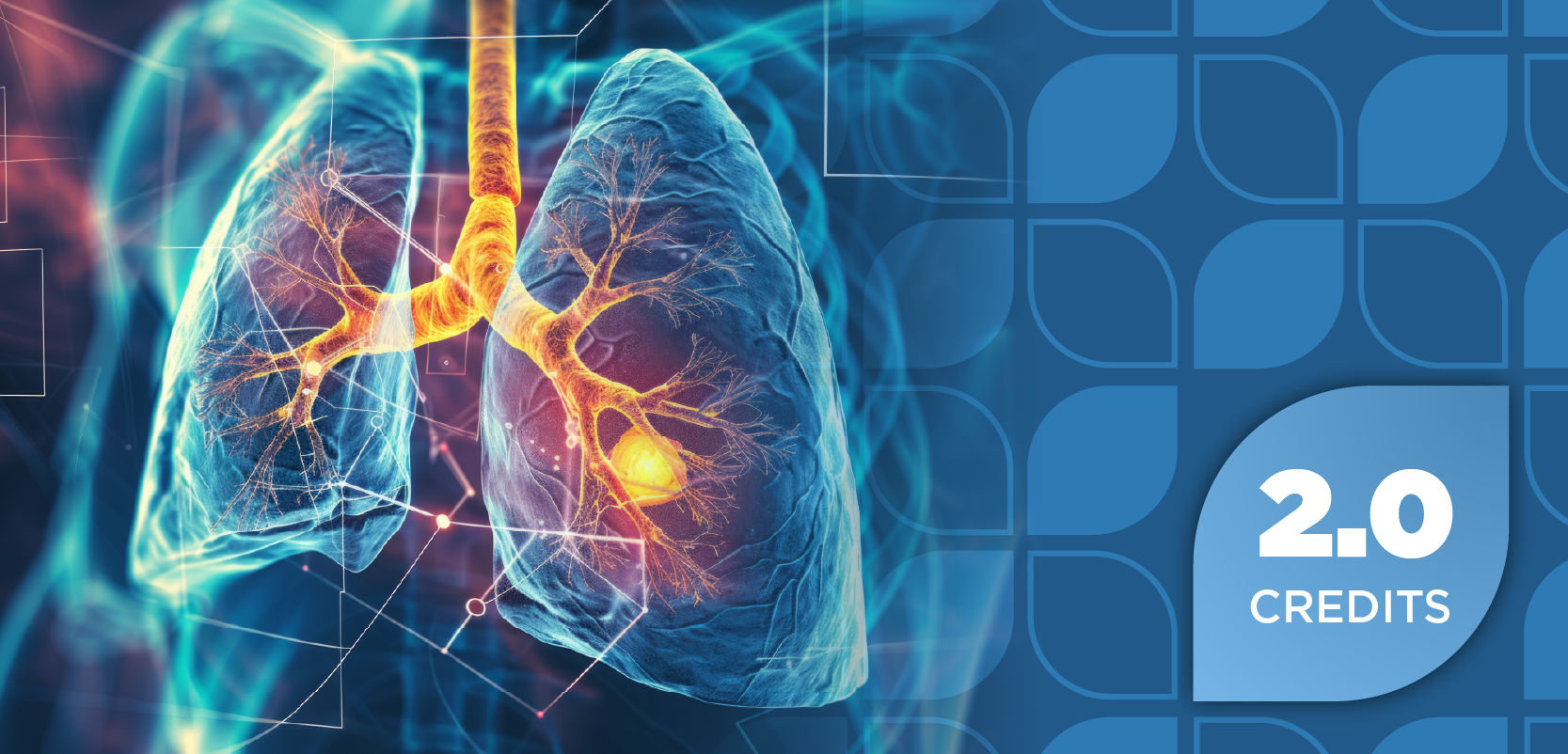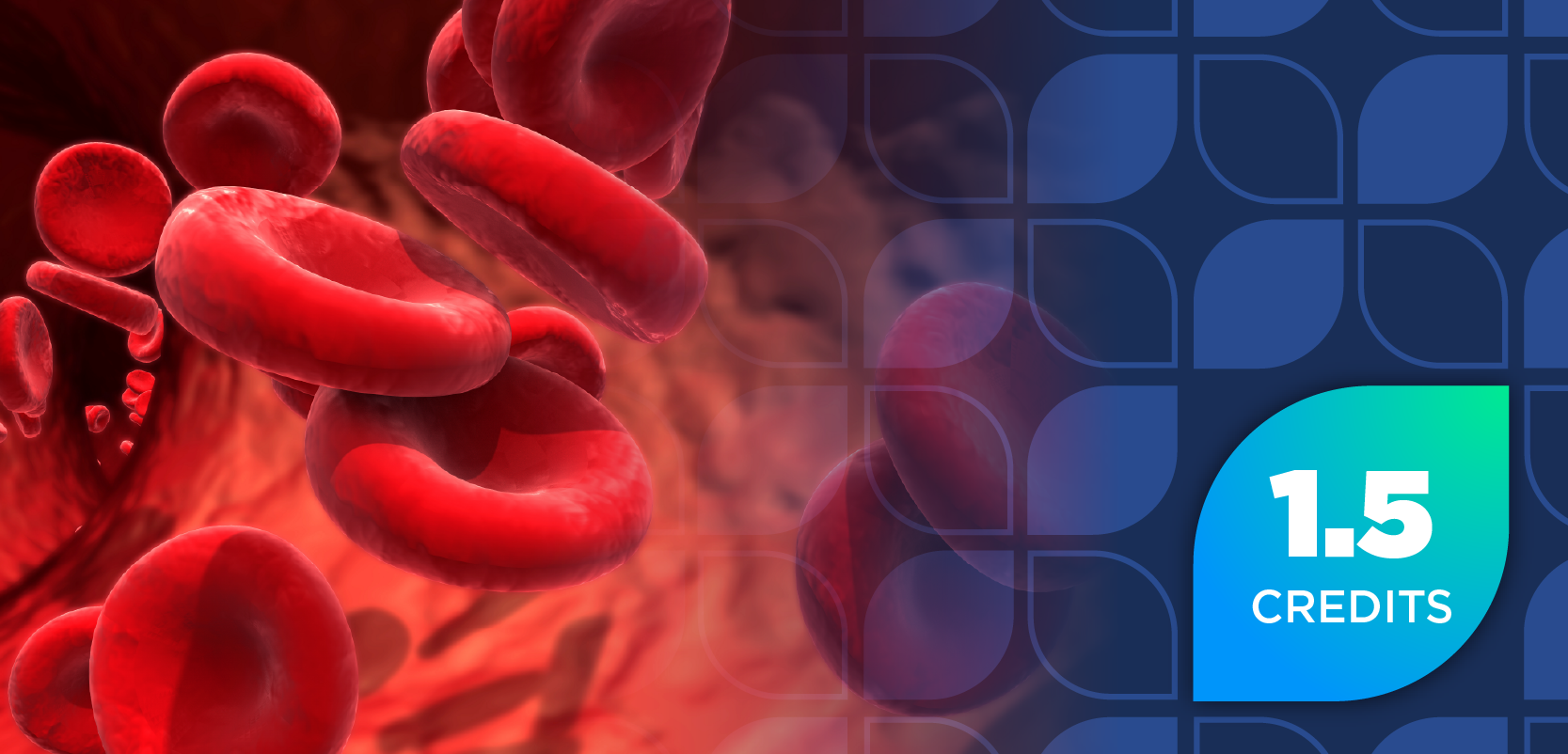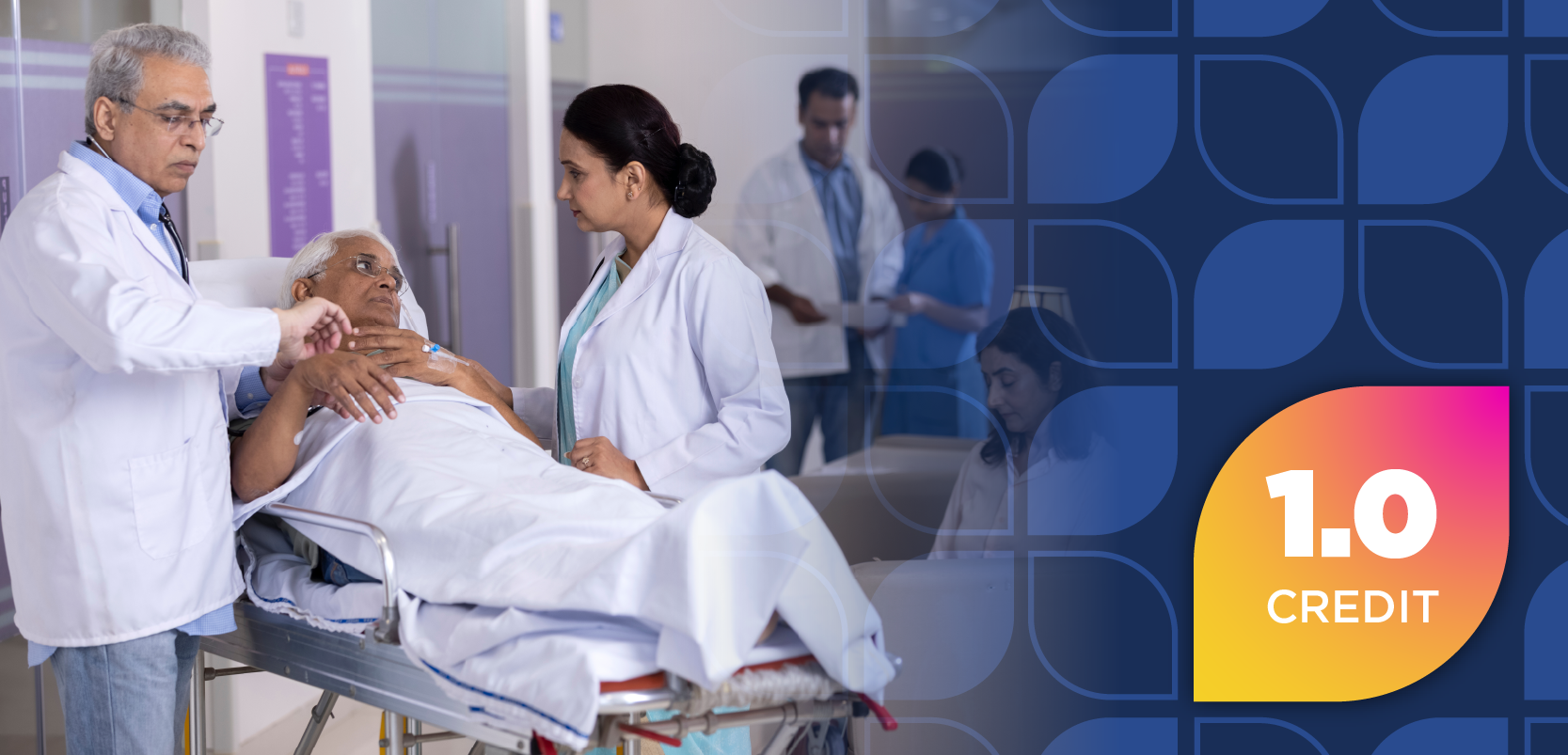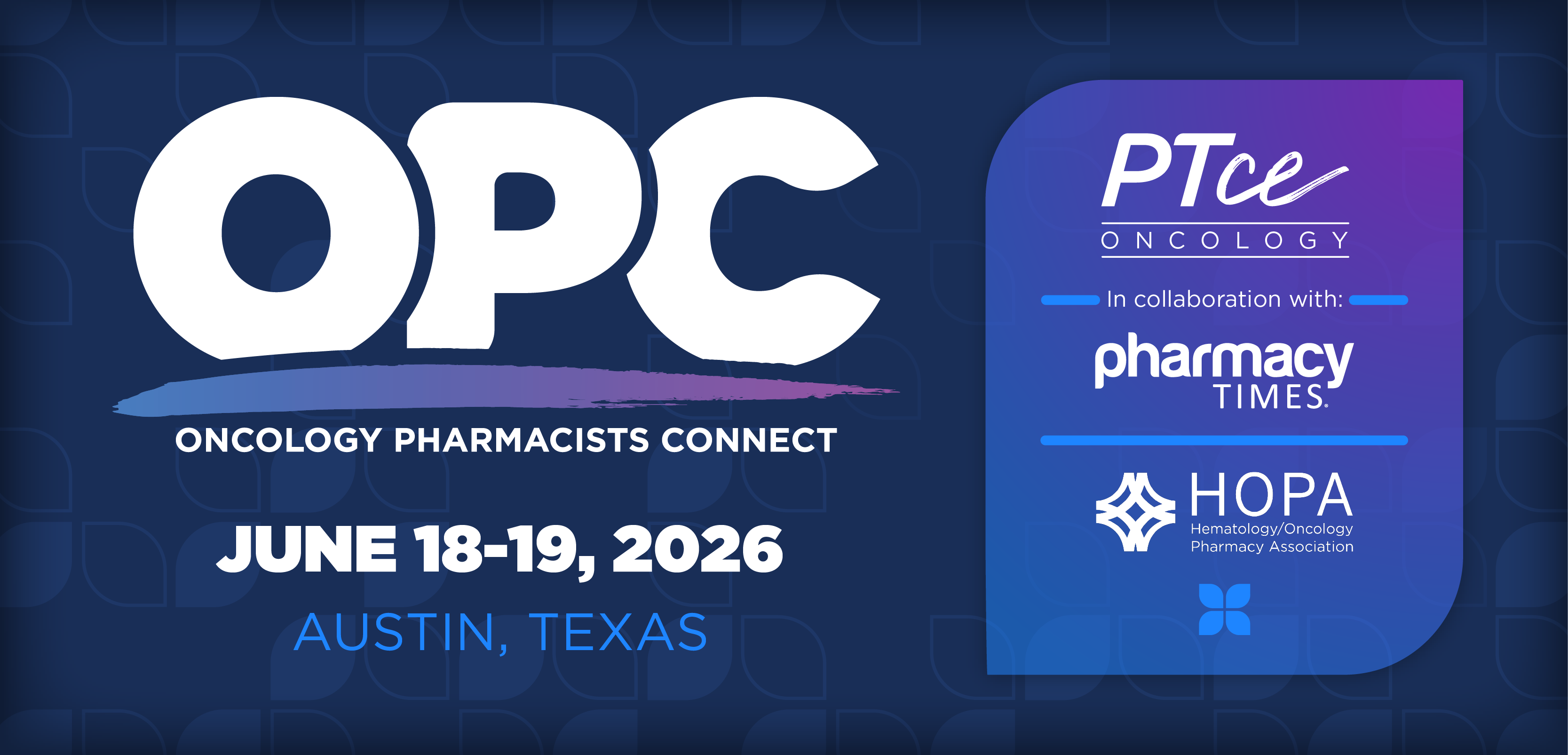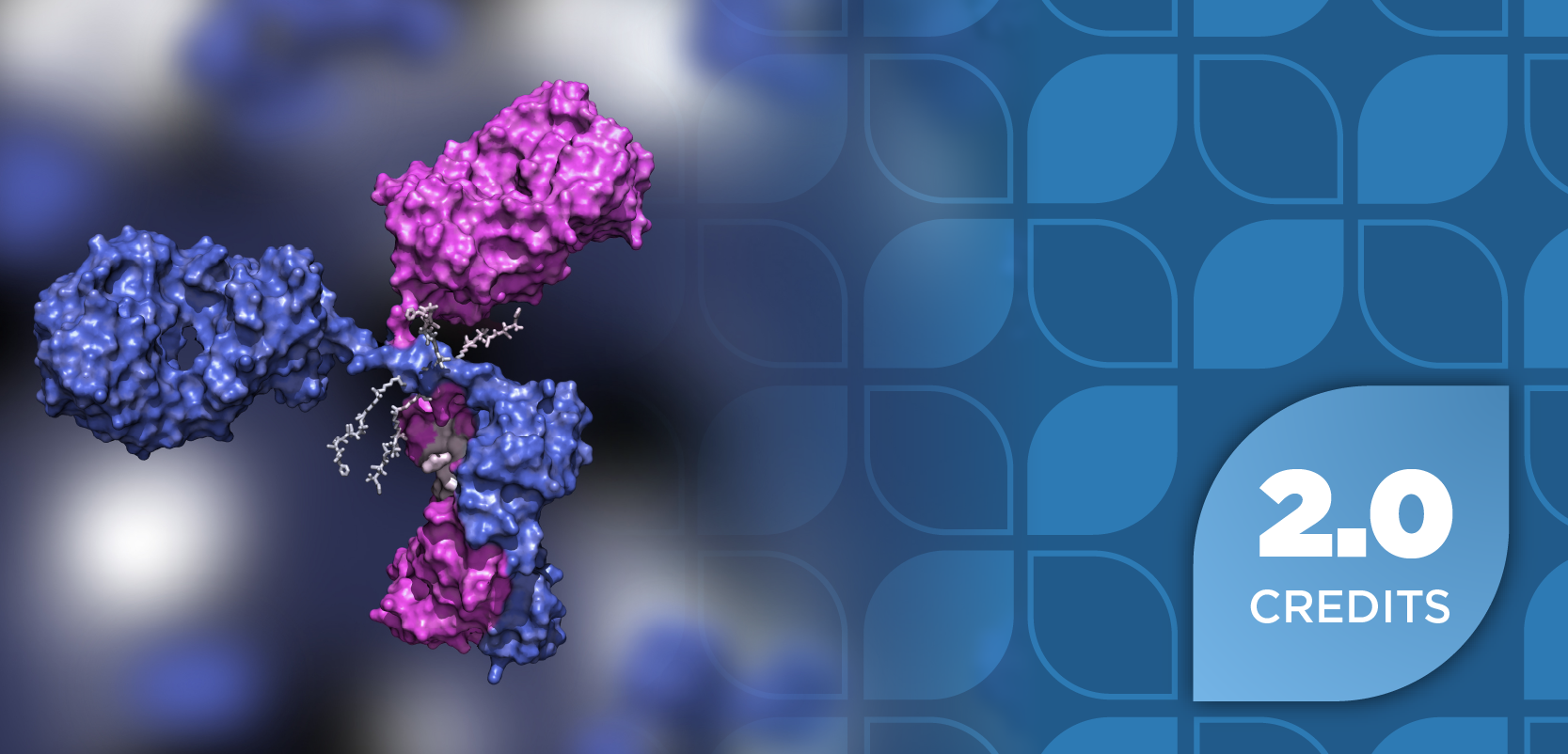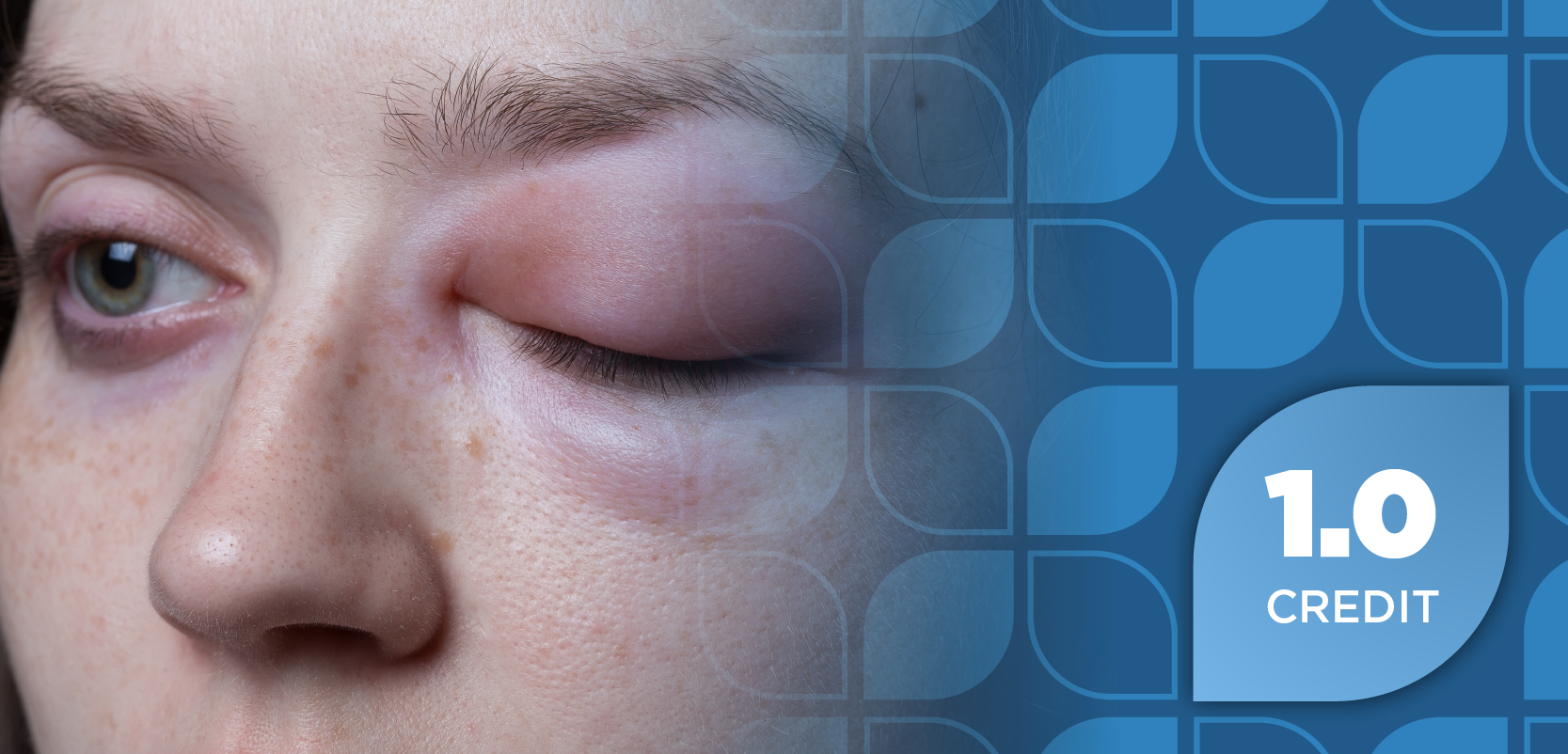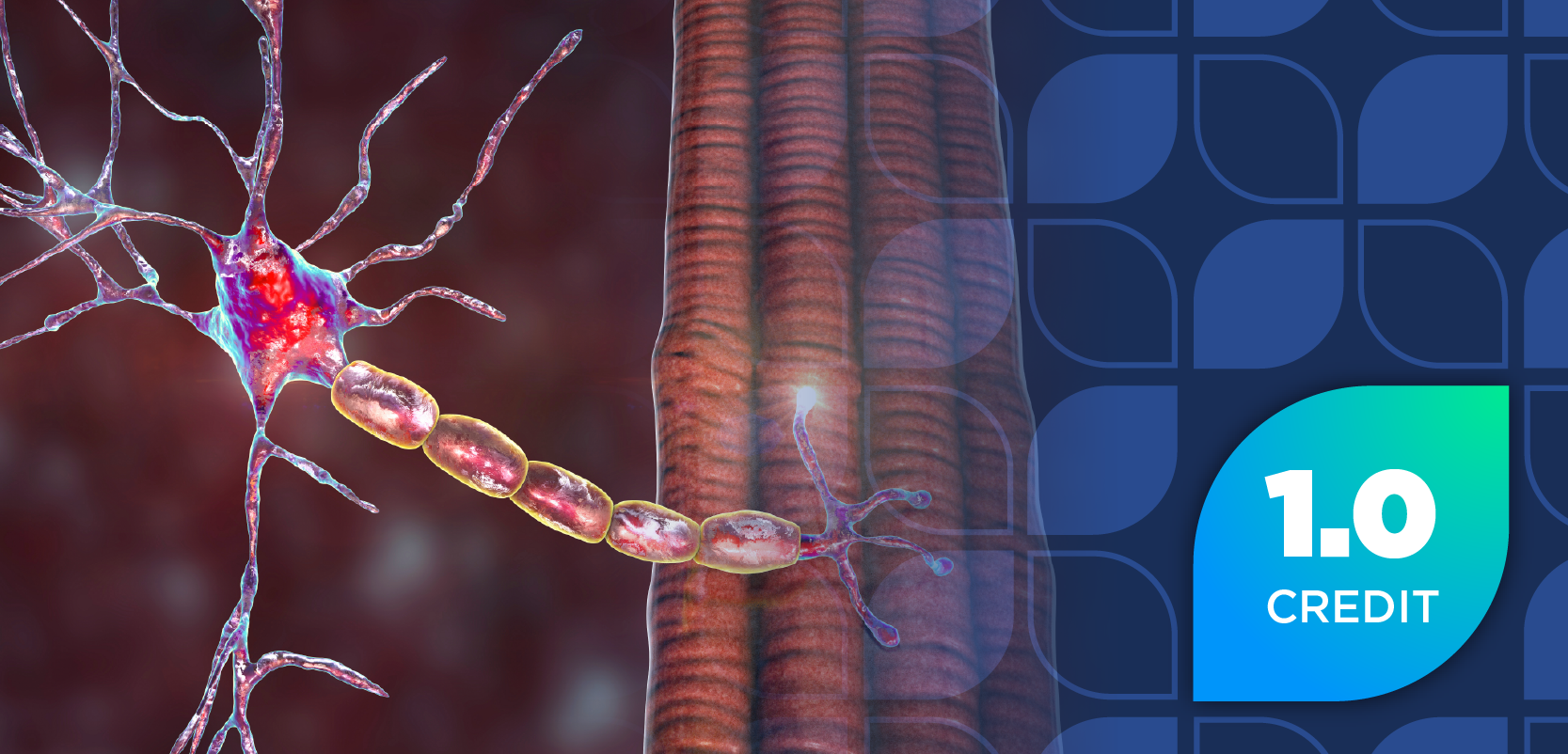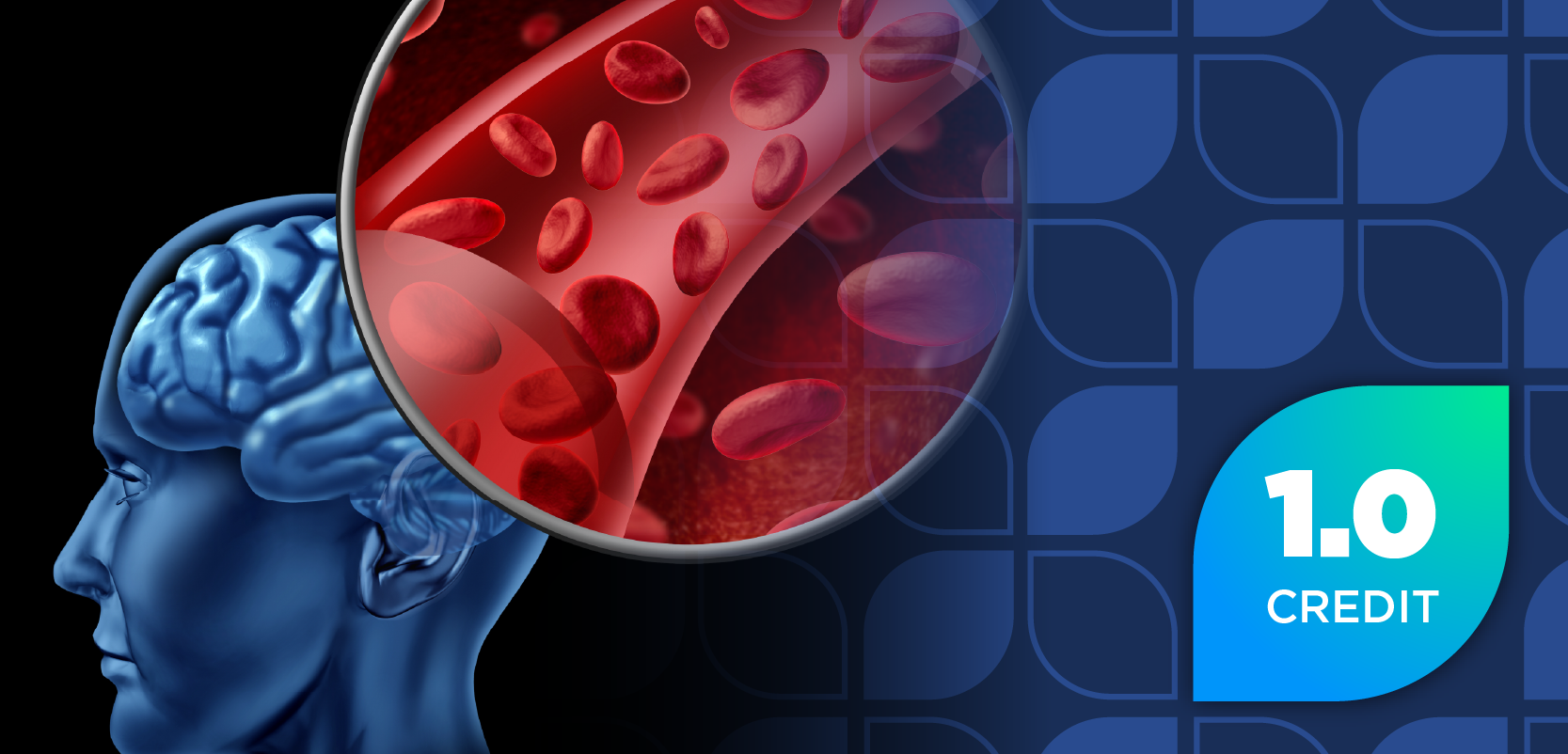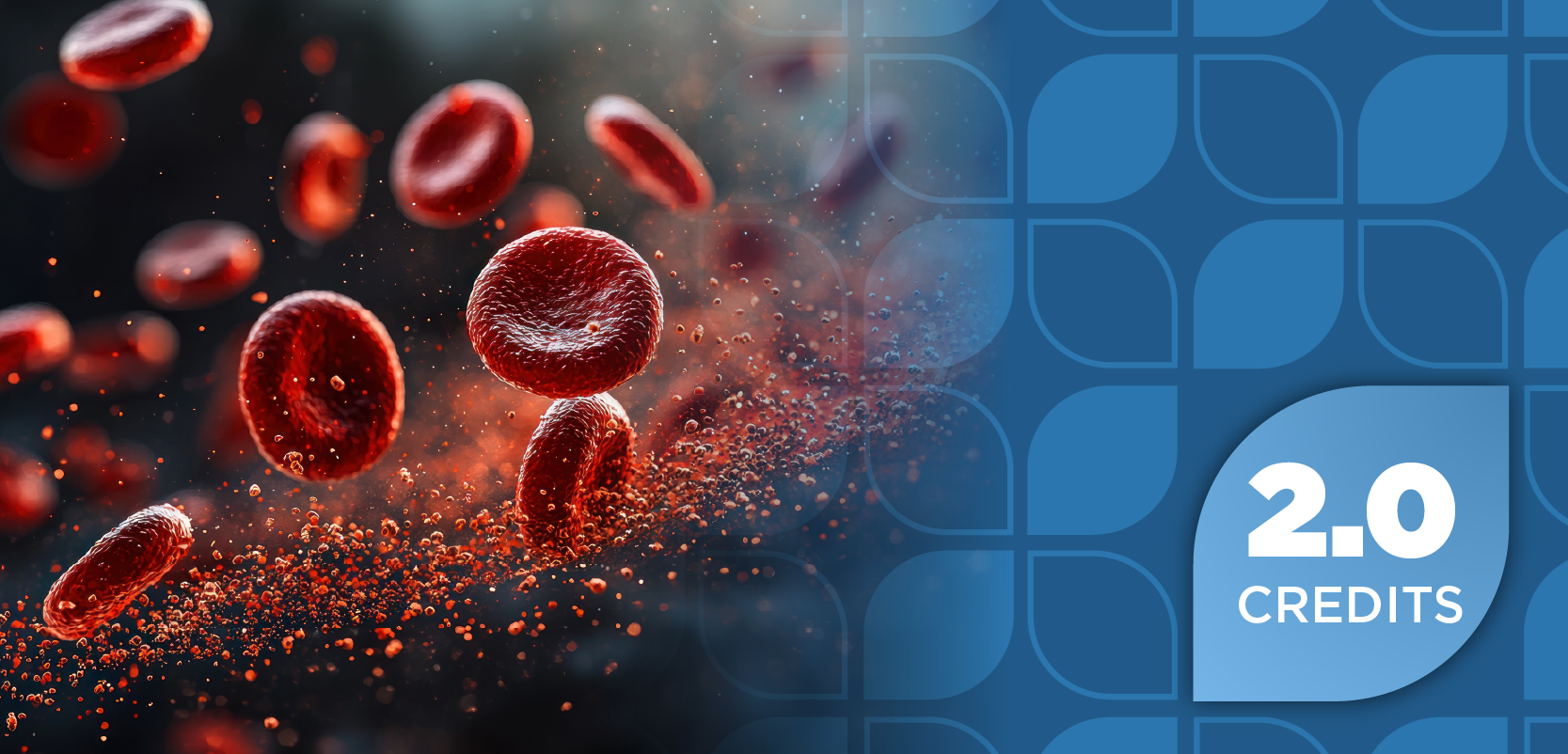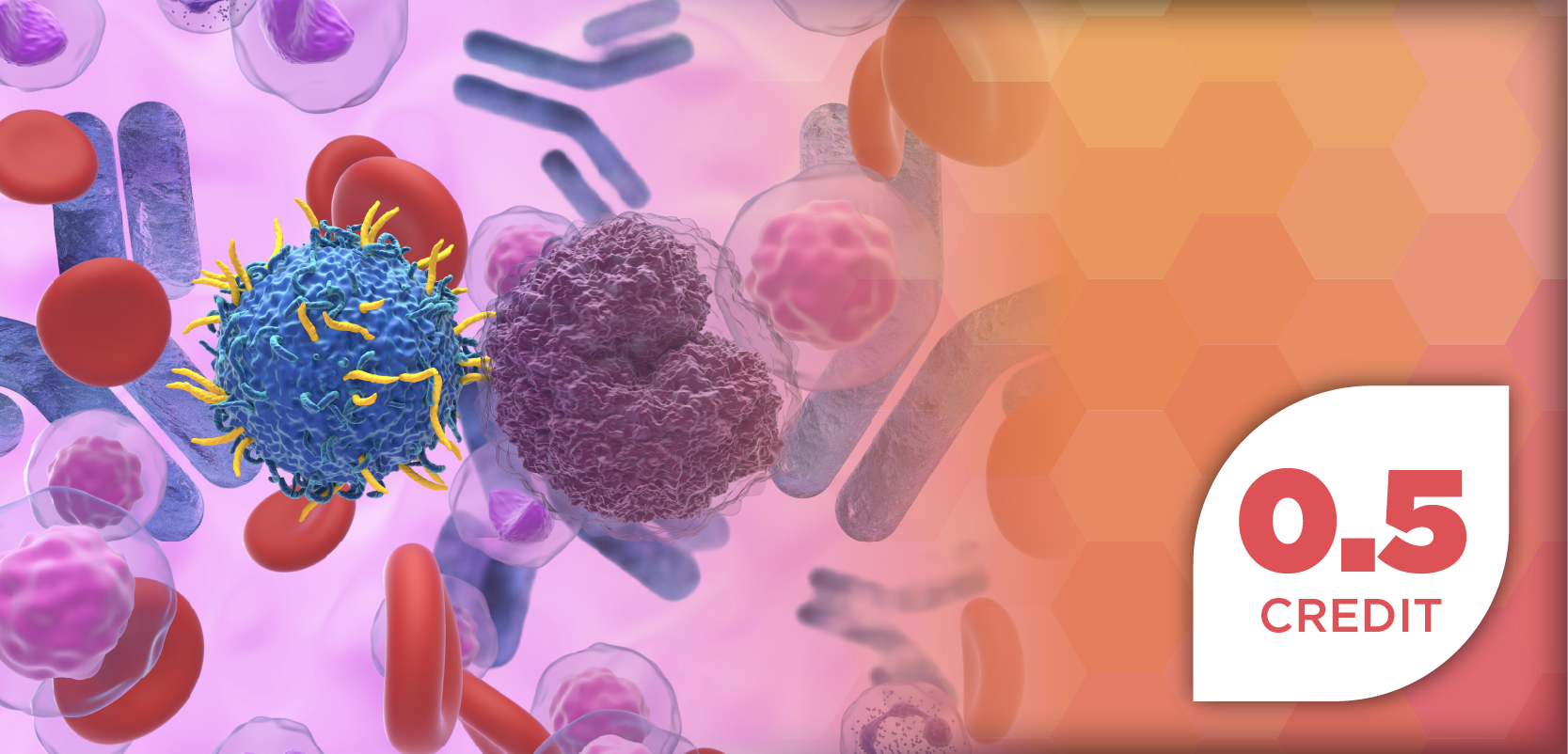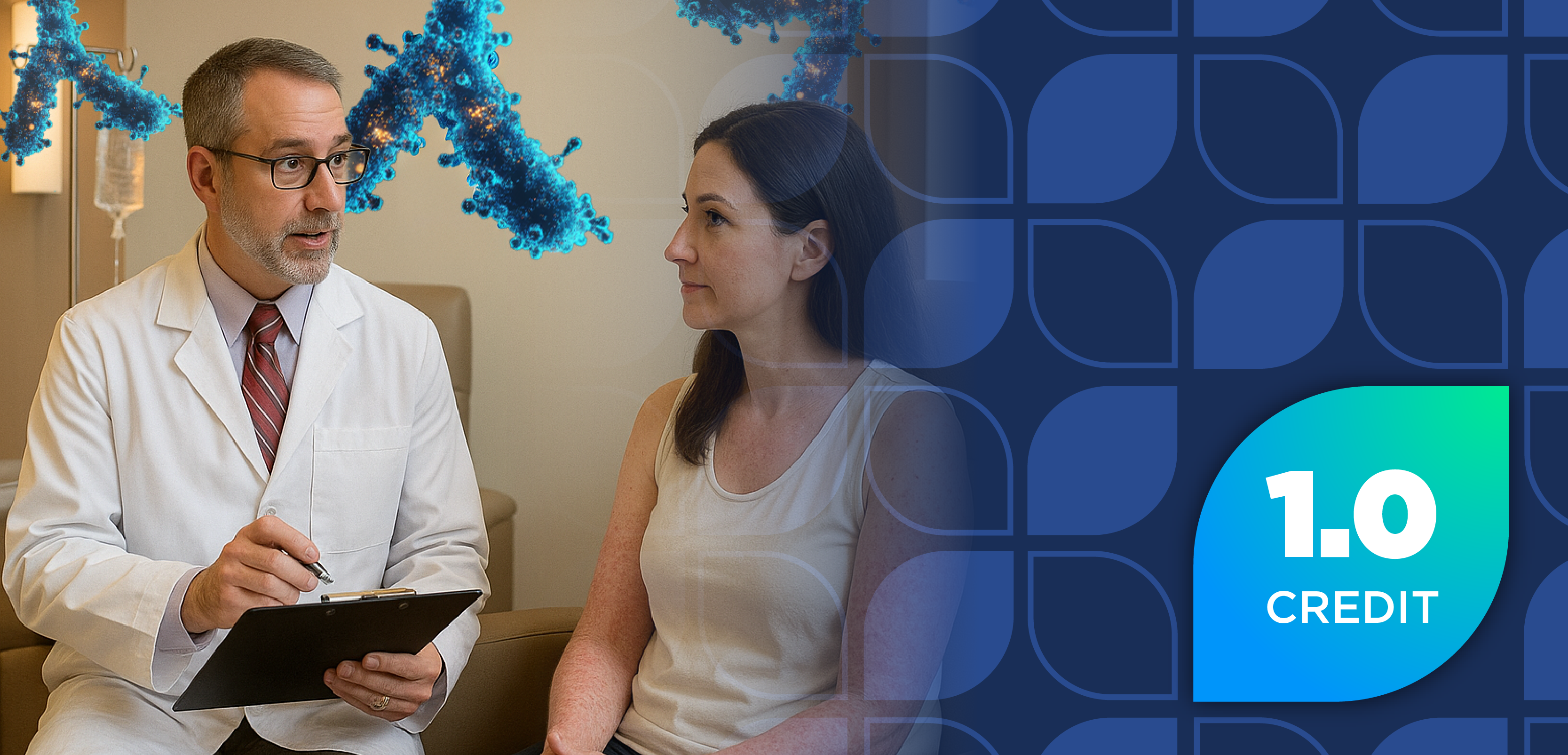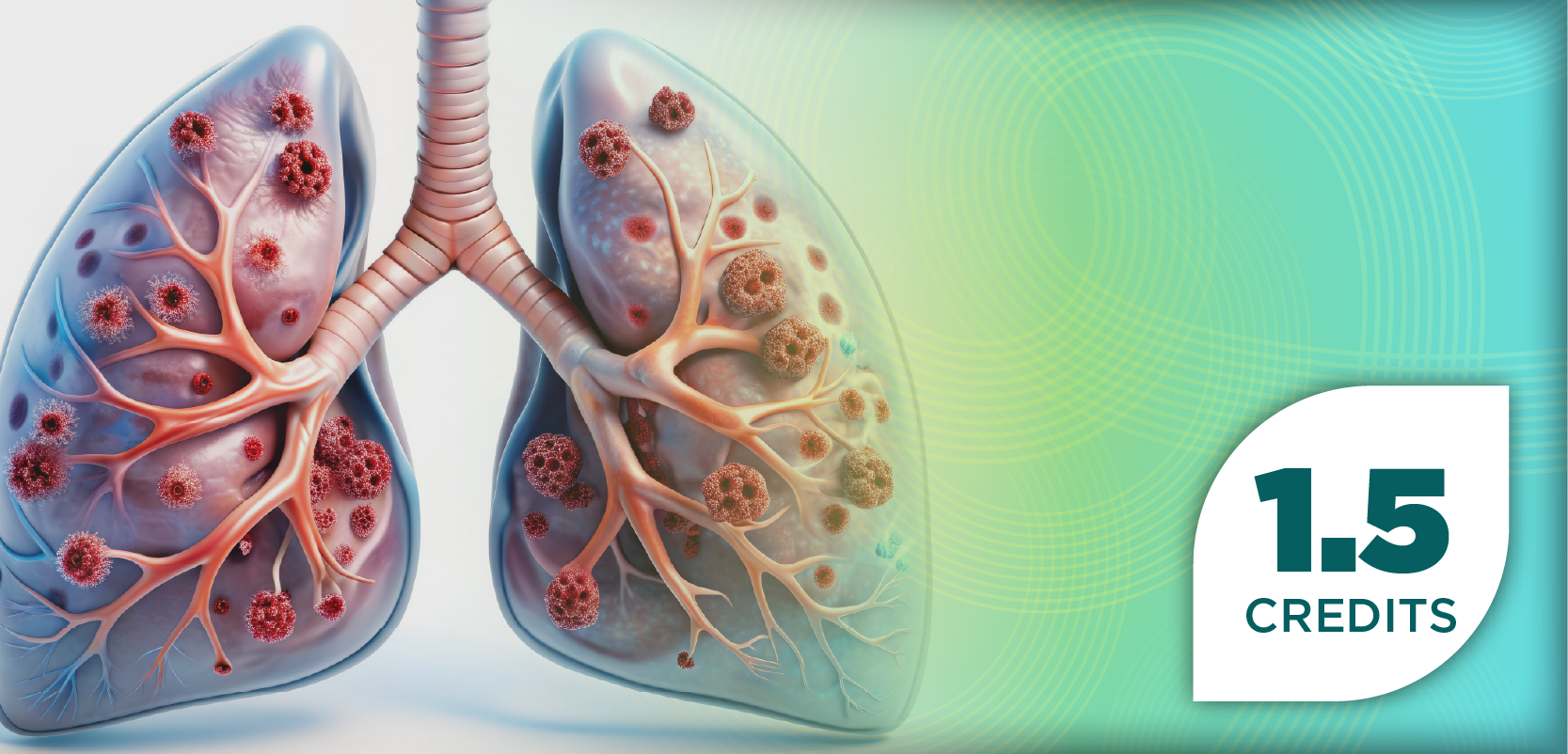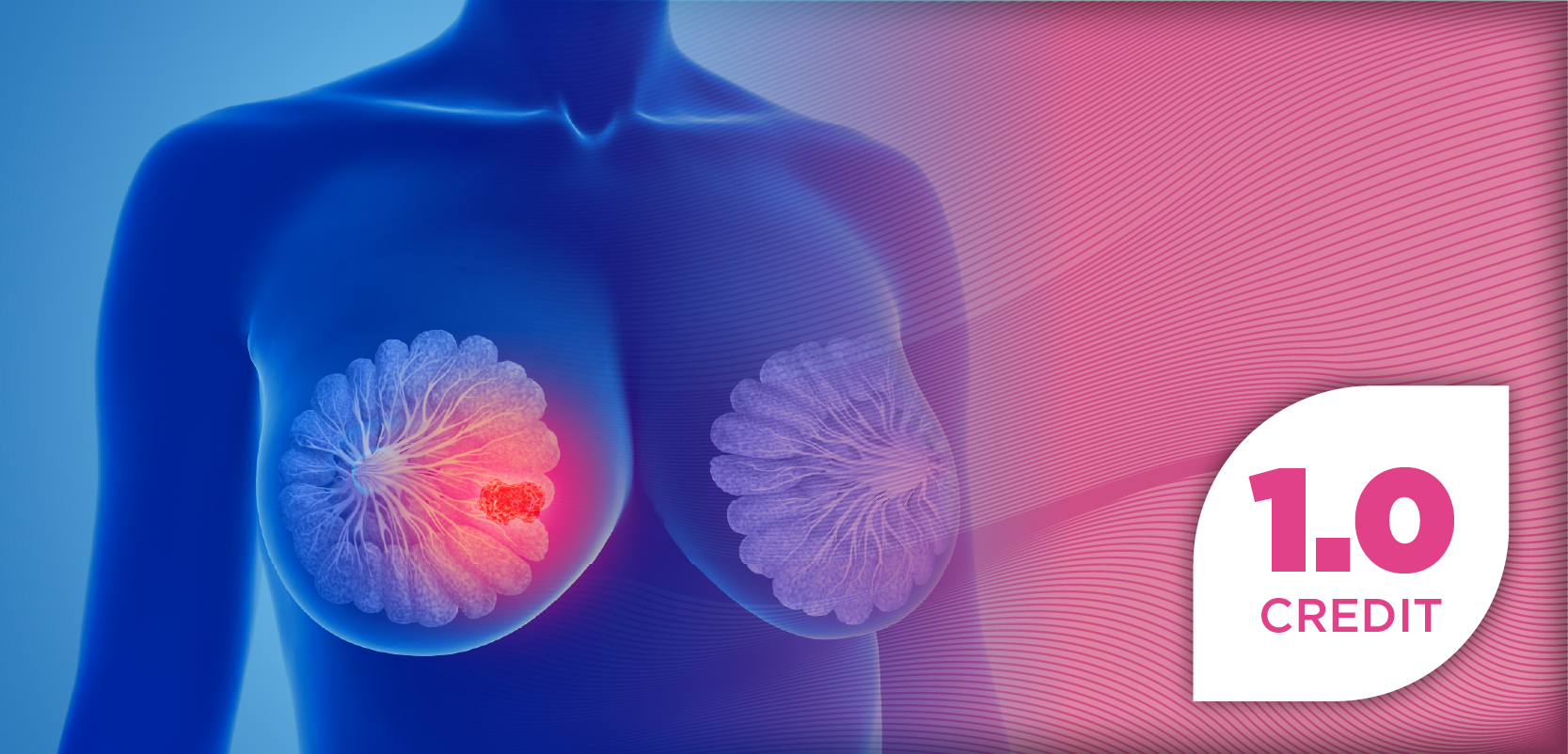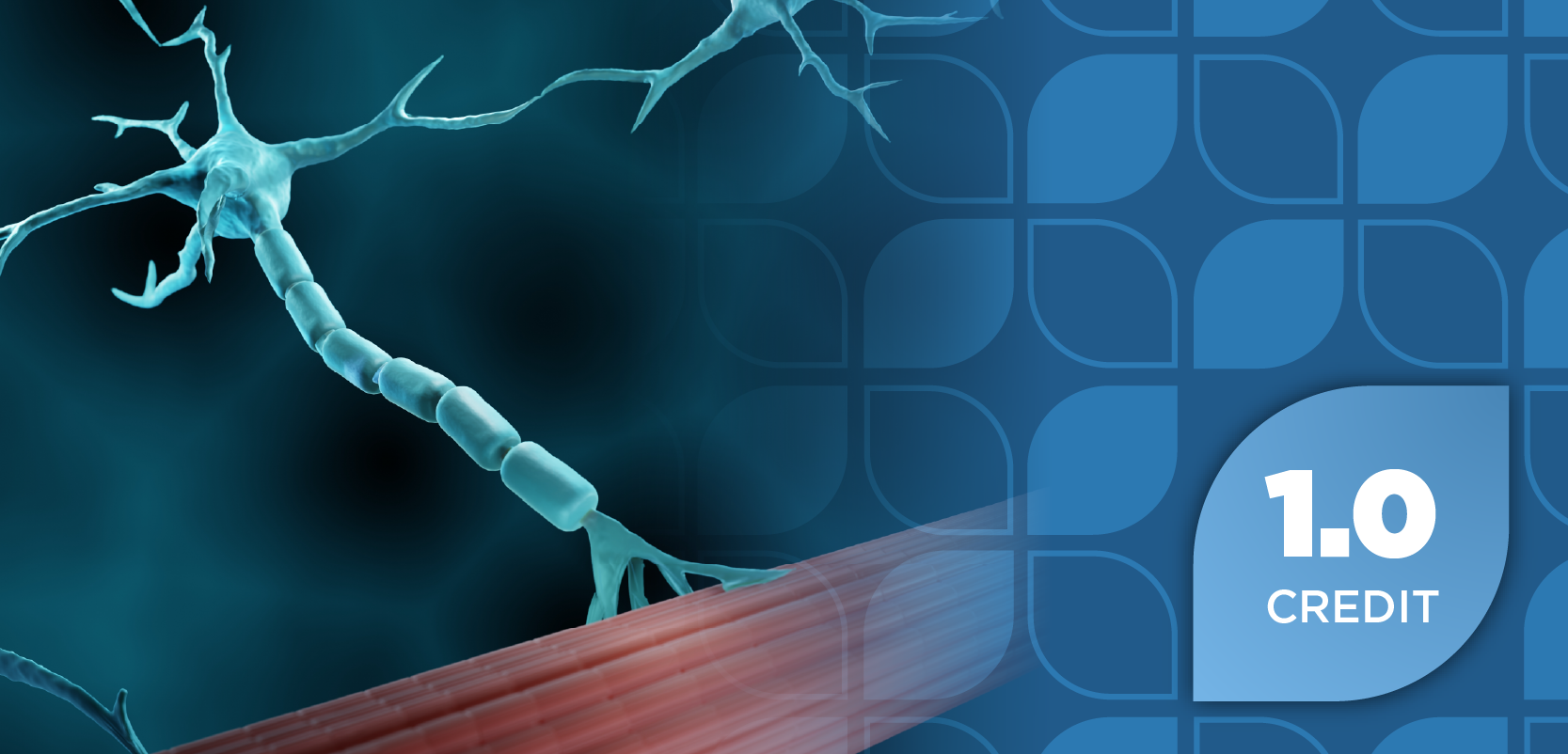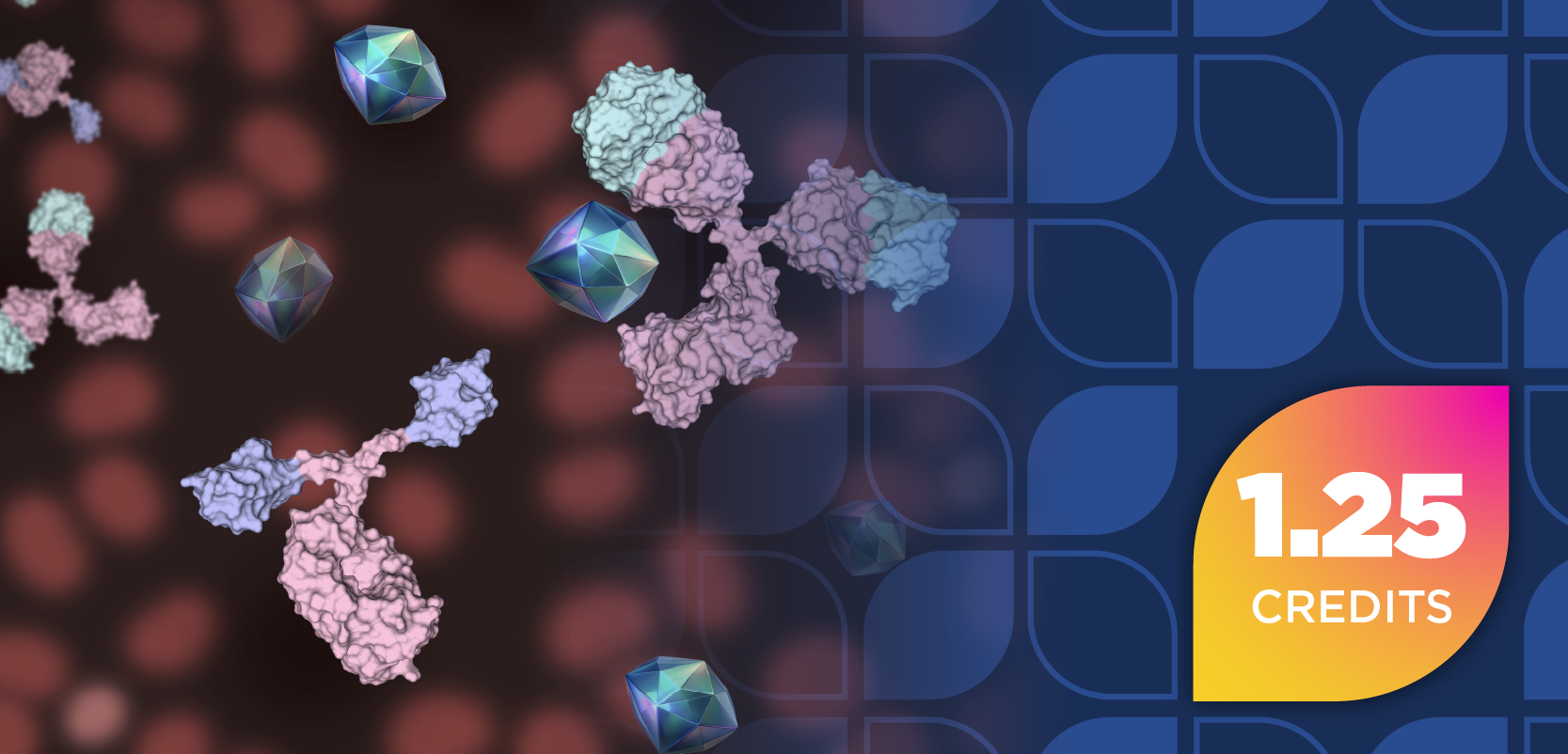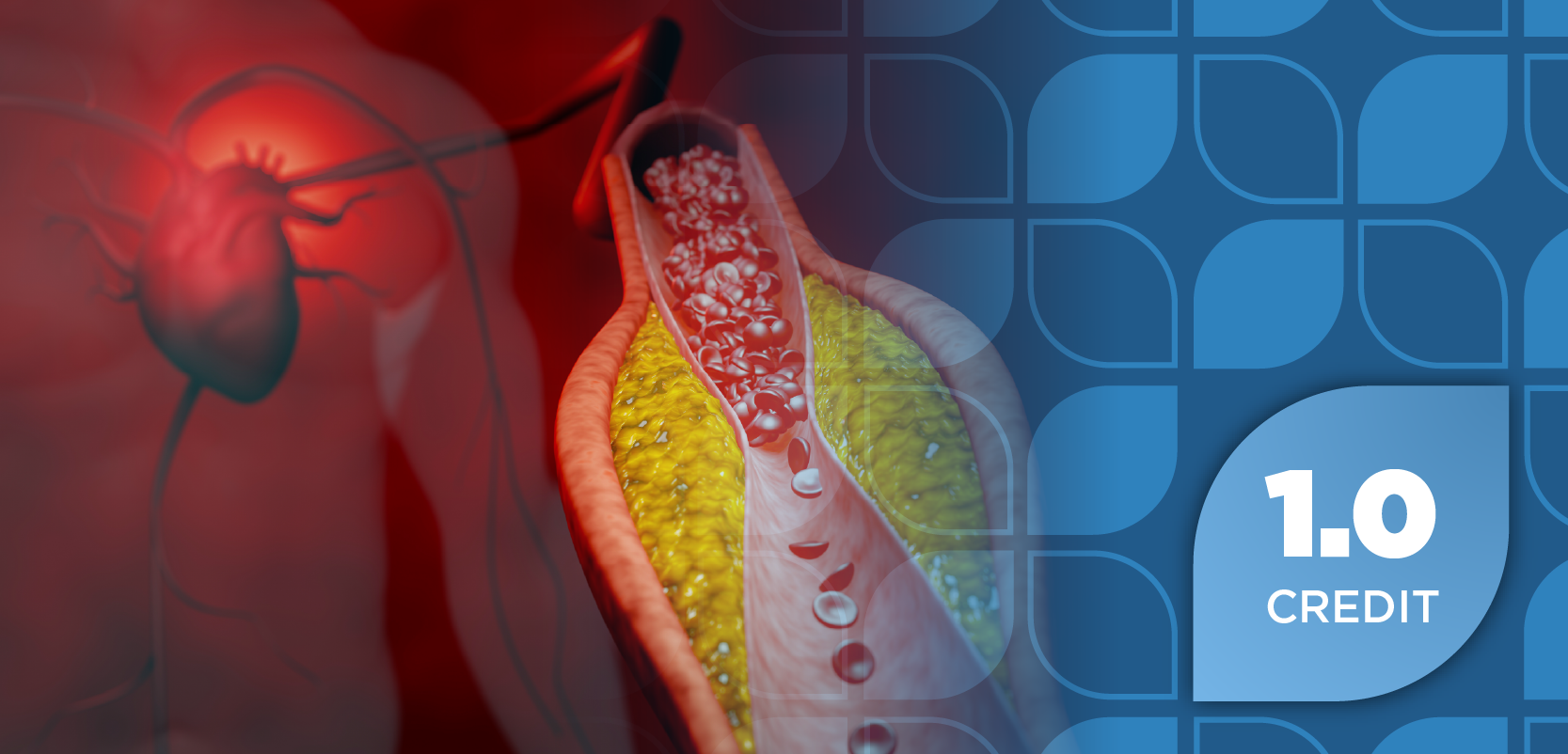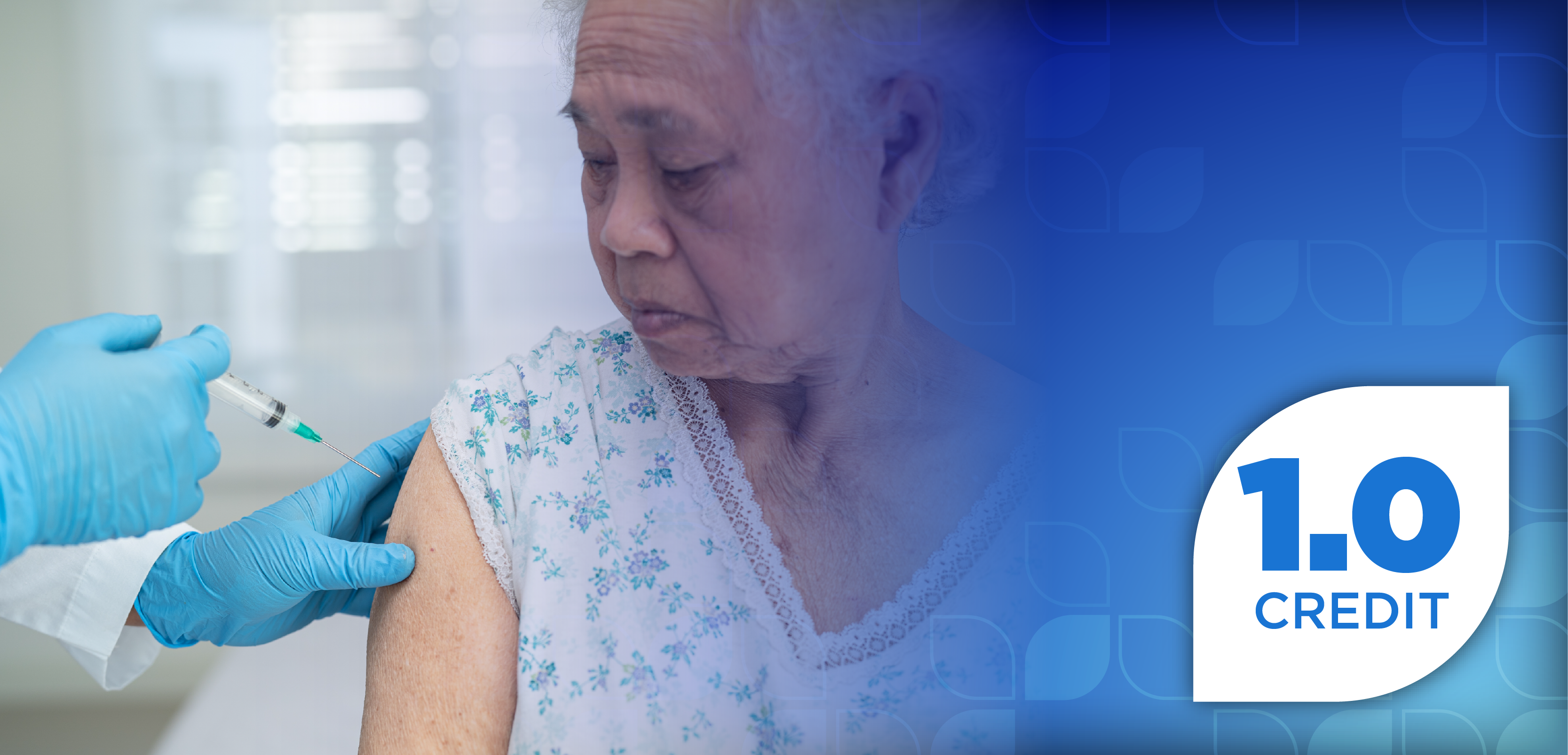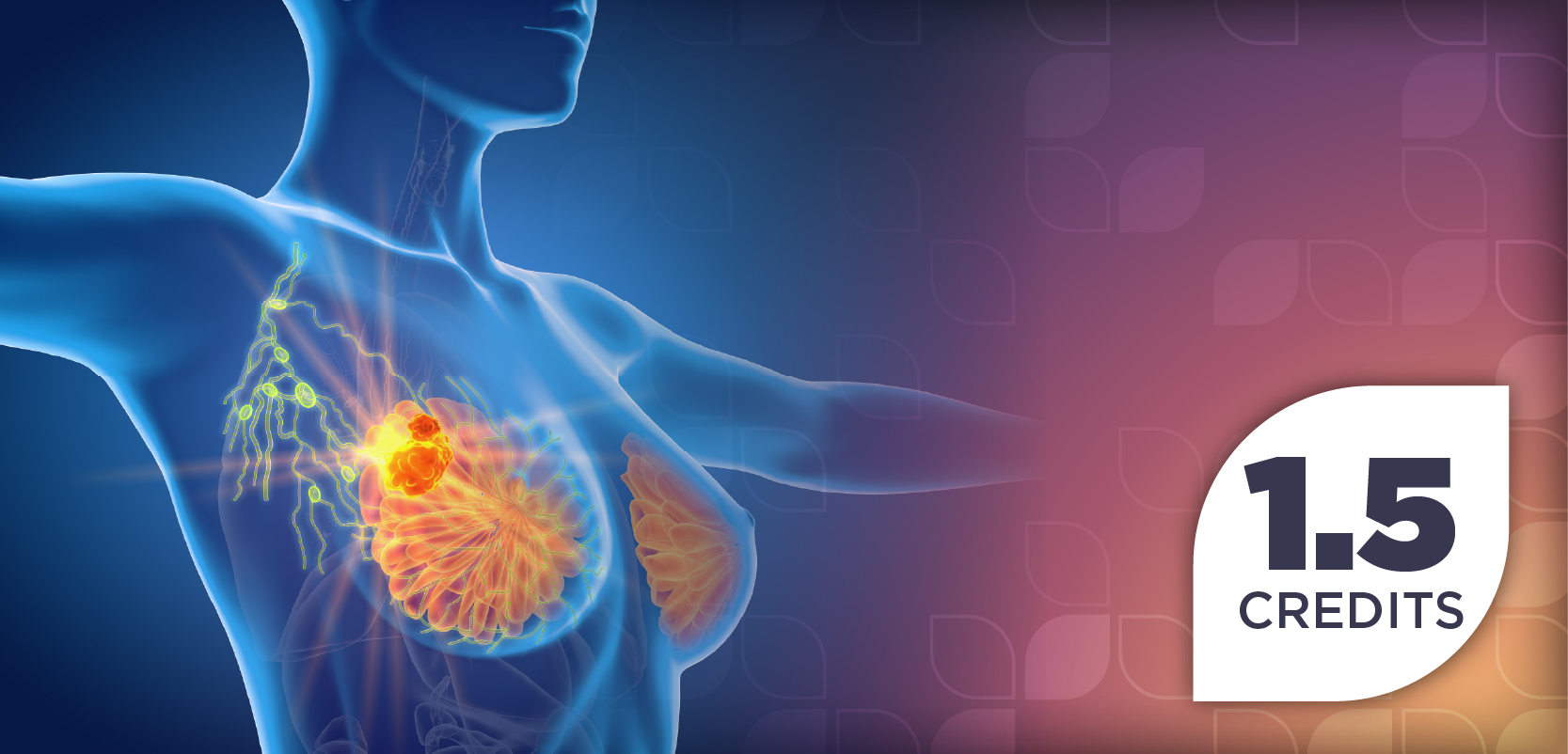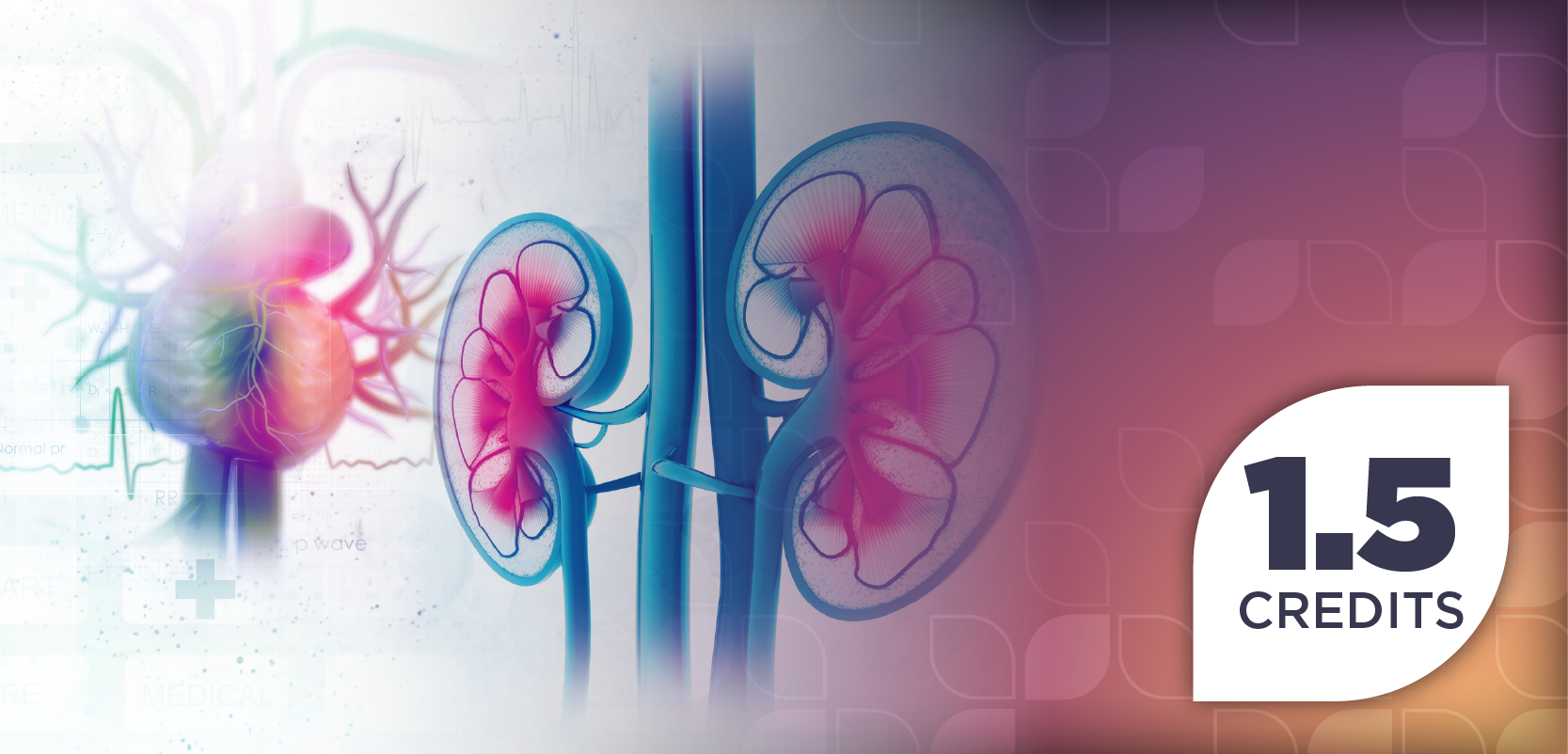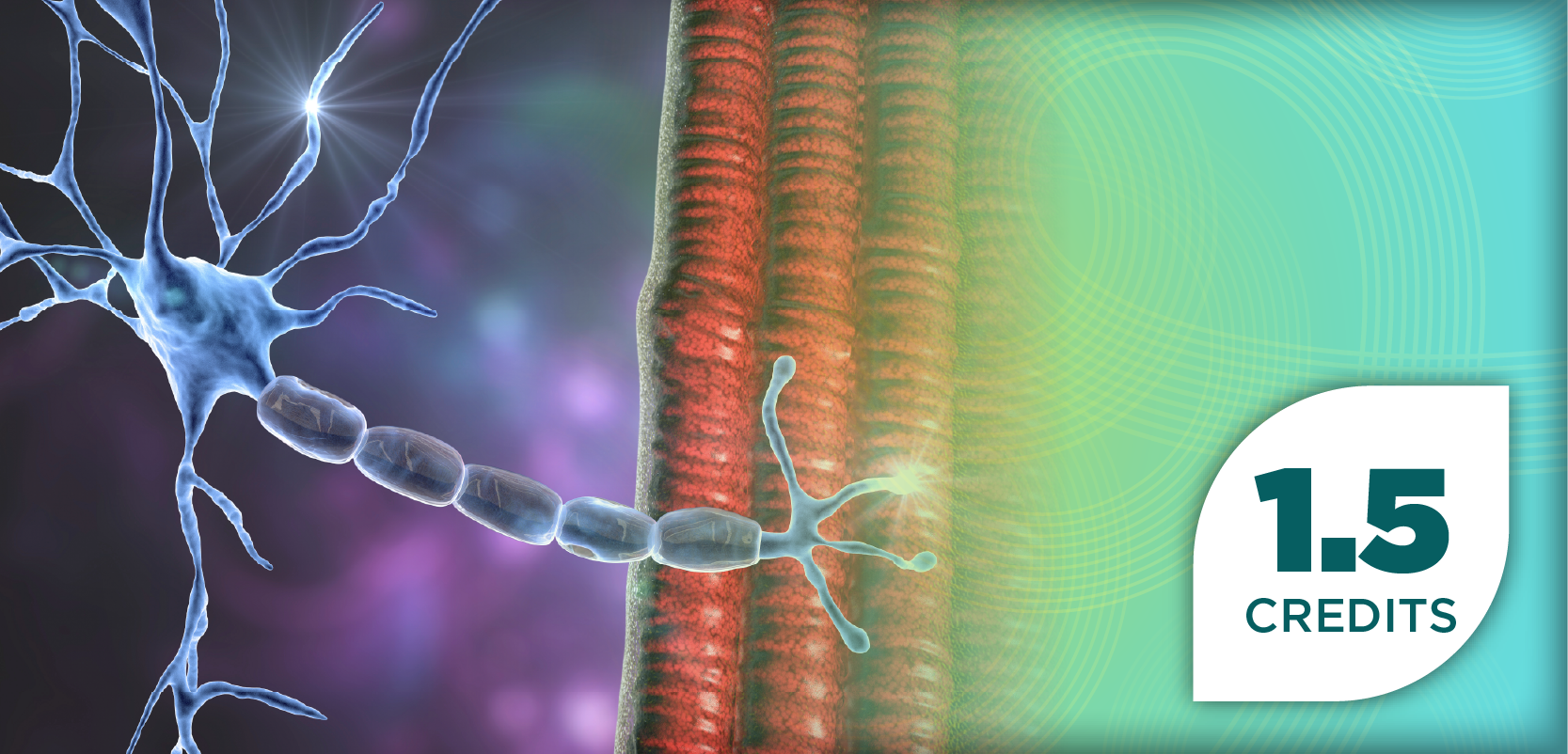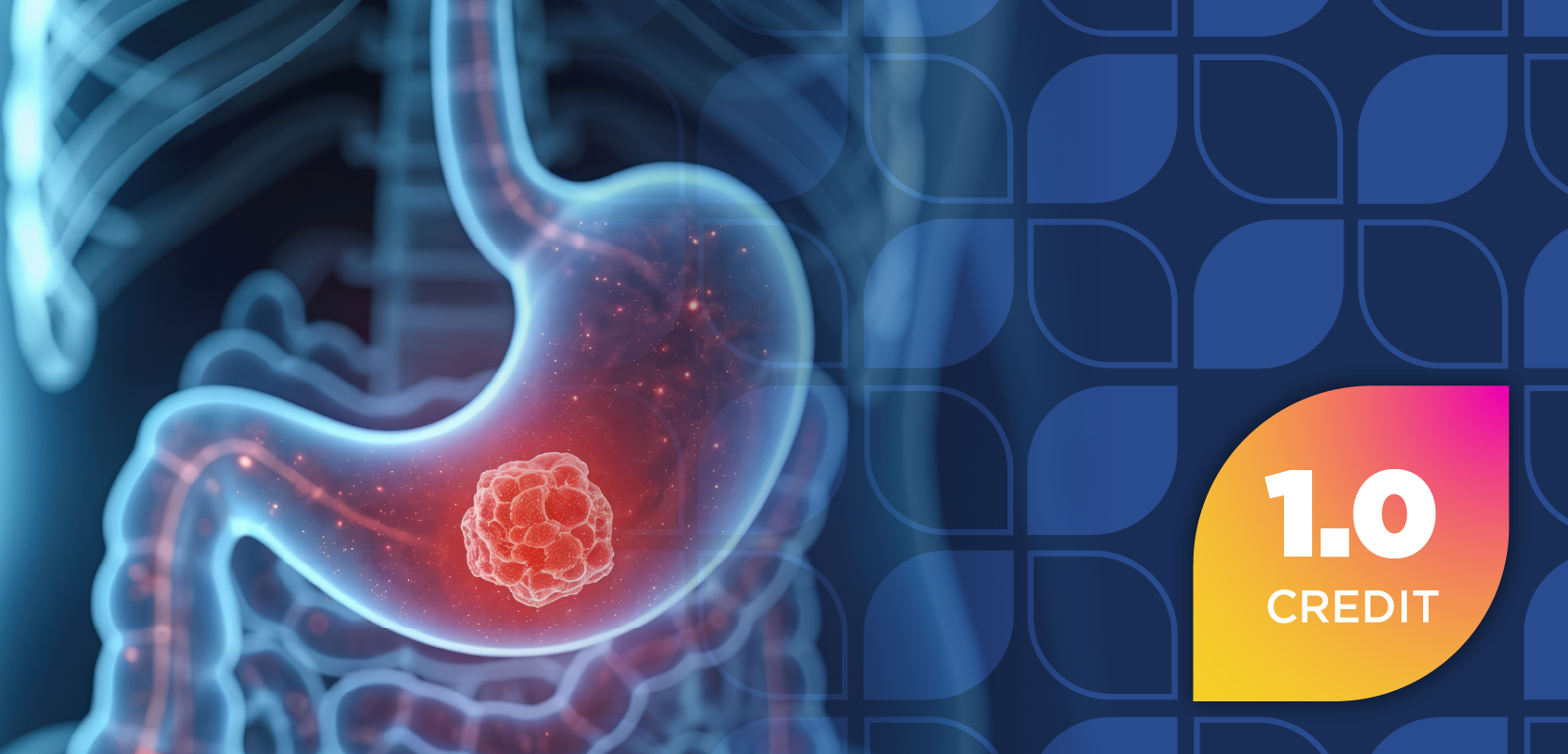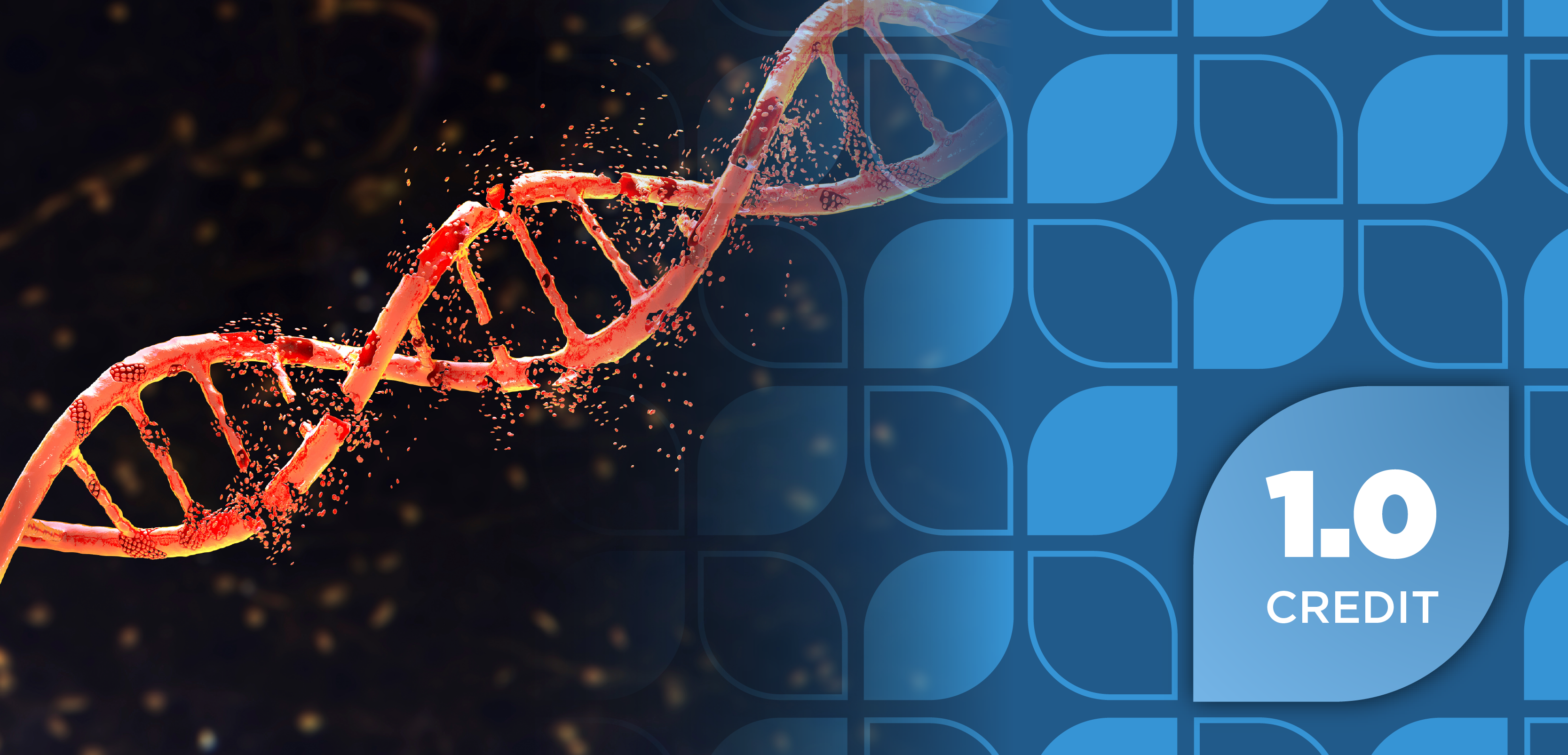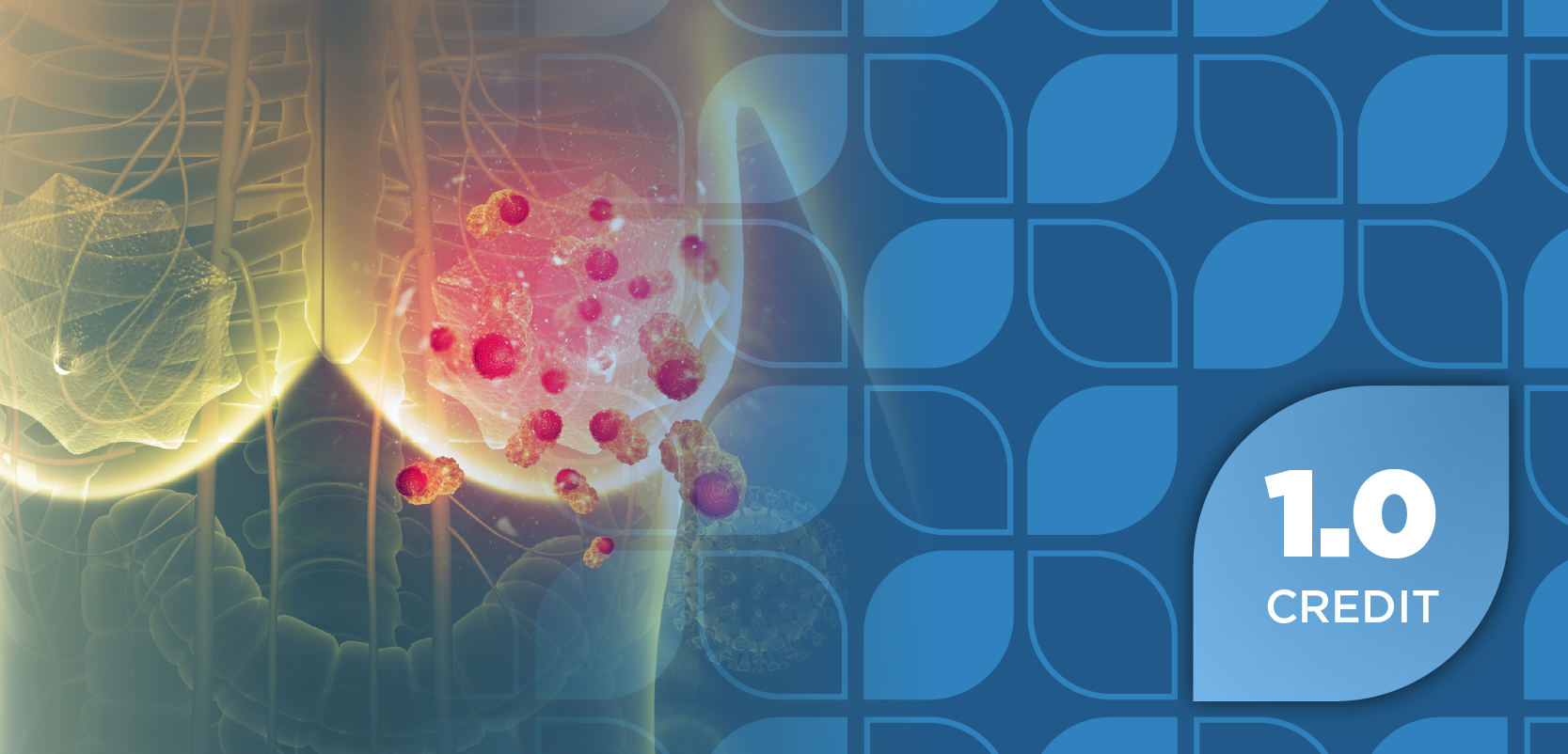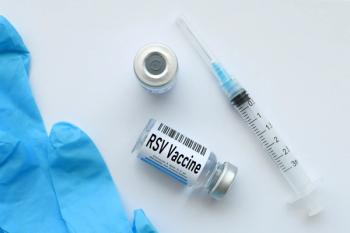
Nadofaragene Firadenovec Shows CR and Tolerability in Patients With NMIBC
Key Takeaways
- Nadofaragene firadenovec showed high efficacy and tolerability in BCG-unresponsive NMIBC, with 79% achieving complete response at 3 months.
- The study reported a median duration of response not reached, with 84% maintaining complete response at 7.3 months follow-up.
Nadofaragene firadenovec led to most patients with Bacillus Calmette-Guérin-unresponsive non-muscle invasive bladder cancer (NMIBC) experiencing a complete response (CR) at 3 months.
Real-world evidence from a multisite, single-institution cohort of patients with Bacillus Calmette-Guérin (BCG)-unresponsive non-muscle invasive bladder cancer (NMIBC) found thatnadofaragene firadenovec (Adstiladrin; Ferring Pharmaceuticals) was effective at inducing a complete response (CR) and a sustained duration of response (DOR) and featured a tolerable safety profile. The data were presented by Mayo Clinic at the 2025 American Society of Clinical Oncologists Genitourinary Cancers (ASCO GU) Symposium in San Francisco, California.1
“Understanding real-world outcomes in patients with BCG-unresponsive NMIBC is essential for informing how we approach treatment and deliver care,” principal investigator Mark D. Tyson, MD, urologic oncologist and associate professor, Mayo Clinic, Scottsdale, Arizona, said in a news release. “These initial encouraging post-marketing results provide valuable insights into the benefits of using [nadofaragene firadenovec] in everyday clinical practice.2
Currently, nadofaragene firadenovec is the only FDA-approved treatment for patients with BCG-unresponsive NMIBC with carcinoma in situ (CIS), both with and without papillary tumors. However, the authors of this analysis noted the lack of real-world evidence in this population and sought to retrospectively evaluate outcomes among a cohort of patients treated with the therapy at 3 Mayo Clinic sites from November 2023 to December 2024. Important end points included CR rate, DOR, high-grade recurrence-free survival (HGRFS), overall survival (OS), cystectomy-free survival (CFS), and adverse events (AEs).2,3
In total, 46 patients were treated with nadofaragene firadenovec over the course of the study period, though 3 have not yet had follow-up cystoscopy. Therefore, 43 patients were efficacy-evaluable and 46 were evaluable for safety, according to the investigators.2
There were 24 patients with CIS with or without papillary disease who were evaluable for efficacy. Of these, 79% had a CR observed at 3 months. Importantly, the median DOR was not reached; at a median follow-up point of about 7.3 months, 84% (16/19) of treatment responders continued to report CRs.2
A Kaplan-Meier analysis at 6 and 9 months estimated DOR of 100% and 75%, respectively. Furthermore, approximately 68% (13/19) of patients who presented with papillary-only disease were found to be recurrence-free at 3 months, whereas 77% (10/13) were recurrence-free at a median follow-up of 8.9 months. Investigators found that, at an overall median follow-up of 8.2 months, CFS and OS were 95% and 100%, respectively. Though common AEs included bladder spasms (61%) and a failure to retain the therapy for the full hour (33%), only 4 experienced grade 3 AEs, and there were no grades 4 and 5 AEs reported.2
In addition to data on real-world outcomes, an abstract of the trial protocol for ABLE-32 (NCT06510374), a randomized, controlled, phase 3B clinical trial of nadofaragene firadenovec compared with observation in patients with intermediate-risk (IR) NMIBC, was presented. There are currently no FDA-approved treatments for patients with IR NMIBC, and investigators believe that maintenance treatment with nadofaragene firadenovec following tumor resection could further improve clinical outcomes.4,5
The trial is planned to include around 100 global sites, with 454 anticipated enrollees. Eligible patients include adults who are diagnosed with new or recurrent IR NMIBC and have undergone transurethral resection of their bladder tumor within 60 days prior to randomization. In the trial, enrollees will be randomly assigned 1:1 to receive the therapy or continue observation; patients treated with nadofaragene firadenovec receive quarterly doses unless the disease recurs or progresses.4
The population will be evaluated for progression and recurrence for up to 5 years, according to the study abstract. The primary end point of the trial is recurrence-free survival (RFS) from randomization to first documented recurrence, progression, or death, while secondary end points include RFS at 12 months and 24 months and safety, the study authors wrote. Final results of ABLE-32 are expected in 2031.4
REFERENCES
1. Moyer JA, Durant A, Nguyen M, et al. Real-world outcomes of nadofaragene firadenovec in BCG-unresponsive non-muscle invasive bladder cancer. Abstract #716 (Poster #D13). Presented Friday, February 14, 11:30 am PST at the 2025 American Society of Clinical Oncologists Genitourinary Cancers Symposium in San Francisco, California.
2. Ferring Pharmaceuticals. First real-world outcomes data for Adstiladrin (nadofaragene firadenovec-vncg) to be presented at 2025 ASCO Genitourinary Cancers Symposium. News Release. Released February 11, 2025. Accessed February 24, 2025. https://ferringusa.com/?press=first-real-world-outcomes-data-for-adstiladrin-nadofaragene-firadenovec-vncg-to-be-presented-at-2025-asco-genitourinary-cancers-symposium
3. FDA. FDA approves first adenoviral vector-based gene therapy for high-risk Bacillus Calmette-Guérin unresponsive non-muscle invasive bladder cancer. Published December 19, 2022. Accessed February 24, 2025. https://www.fda.gov/drugs/resources-information-approved-drugs/fda-approves-first-adenoviral-vector-based-gene-therapy-high-risk-bacillus-calmette-guerin
4. Bivalacqua TJ, Tyson M, Narayan VK. ABLE-32: A randomized, controlled, phase 3b clinical trial of nadofaragene firadenovec-vncg versus observation in patients with intermediate-risk non-muscle-invasive bladder cancer. Abstract #TPS888 (Poster #J16). Presented Friday, February 14, 11:30 am PST at the 2025 American Society of Clinical Oncologists Genitourinary Cancers Symposium in San Francisco, California.
5. ClinicalTrials.gov. Trial of nadofaragene firadenovec vs observation in participants with intermediate risk non-muscle invasive bladder cancer (ABLE-32). National Library of Medicine. Last updated February 5, 2025. Accessed February 24, 2025. https://www.clinicaltrials.gov/study/NCT06510374?term=ABLE-32&rank=1
Newsletter
Stay informed on drug updates, treatment guidelines, and pharmacy practice trends—subscribe to Pharmacy Times for weekly clinical insights.


